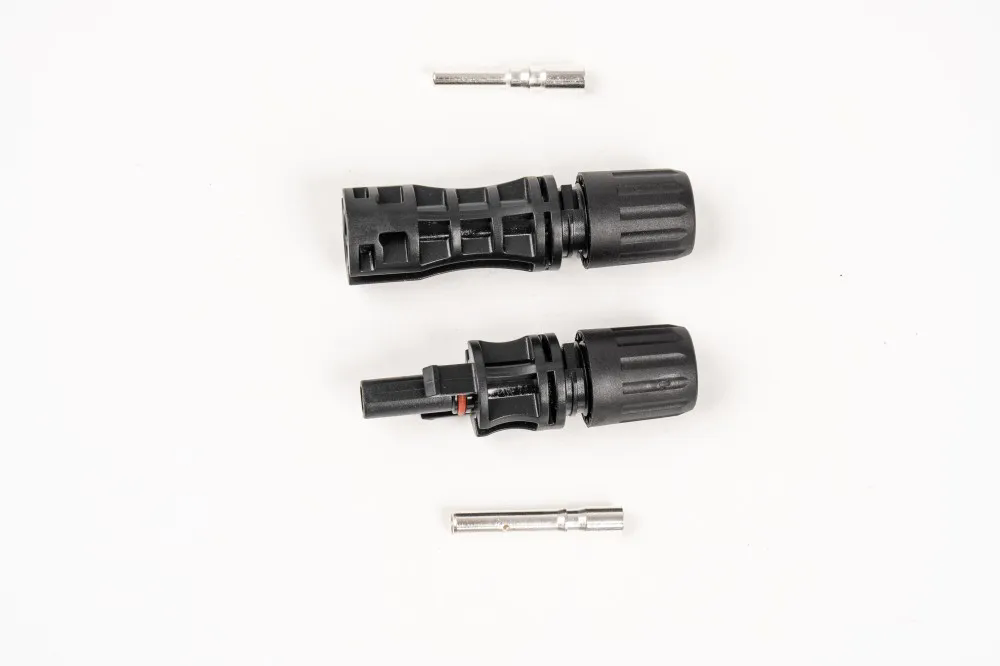Ensuring Safe and Efficient Power Flow with Quality Solar Connectors
2025-04-22
Solar connectors play a crucial role in the efficiency and safety of photovoltaic systems by providing secure and stable connections between solar panels and other components. These connectors are specifically designed to withstand harsh environmental conditions such as intense sunlight, rain, dust, and temperature variations, making them essential for outdoor solar installations. They are engineered for quick and reliable coupling, which simplifies the installation process and ensures consistent electrical performance over time.
Most solar connectors used in the industry today are standardized, allowing compatibility across a wide range of panel brands and system configurations. This interoperability makes them highly versatile and convenient for installers, whether working on residential rooftops or large-scale solar farms. The connectors are typically equipped with locking mechanisms that prevent accidental disconnection, adding an extra layer of safety during both operation and maintenance.
Durability is a key feature of solar connectors. They are commonly made from UV-resistant plastic and corrosion-resistant metal contacts to ensure long-term reliability. The contacts are designed to provide low resistance, which helps minimize power loss and maintain optimal energy transfer between panels and inverters. This efficiency is especially important in maximizing the return on investment for solar energy systems.
Another important aspect of solar connectors is their ability to support high current and voltage ratings. As solar technology evolves and systems become more powerful, connectors must be able to handle increased electrical loads without compromising safety or performance. Advanced designs often include features like double insulation and waterproof sealing to meet stringent safety standards and extend service life in demanding environments.
Proper use and installation of solar connectors are essential for maintaining system integrity and reducing the risk of faults or downtime. Poorly connected or mismatched connectors can lead to arcing, overheating, or energy loss. It is important for technicians to use compatible tools and follow manufacturer guidelines to ensure secure connections. Regular inspection and maintenance also help identify wear or damage early, allowing for timely replacements and continued system reliability.
Solar connectors have become a standard component in modern solar energy solutions, enabling clean and efficient power generation through dependable electrical connections. Their combination of ease of use, durability, and high performance supports the growing demand for sustainable energy around the world.



